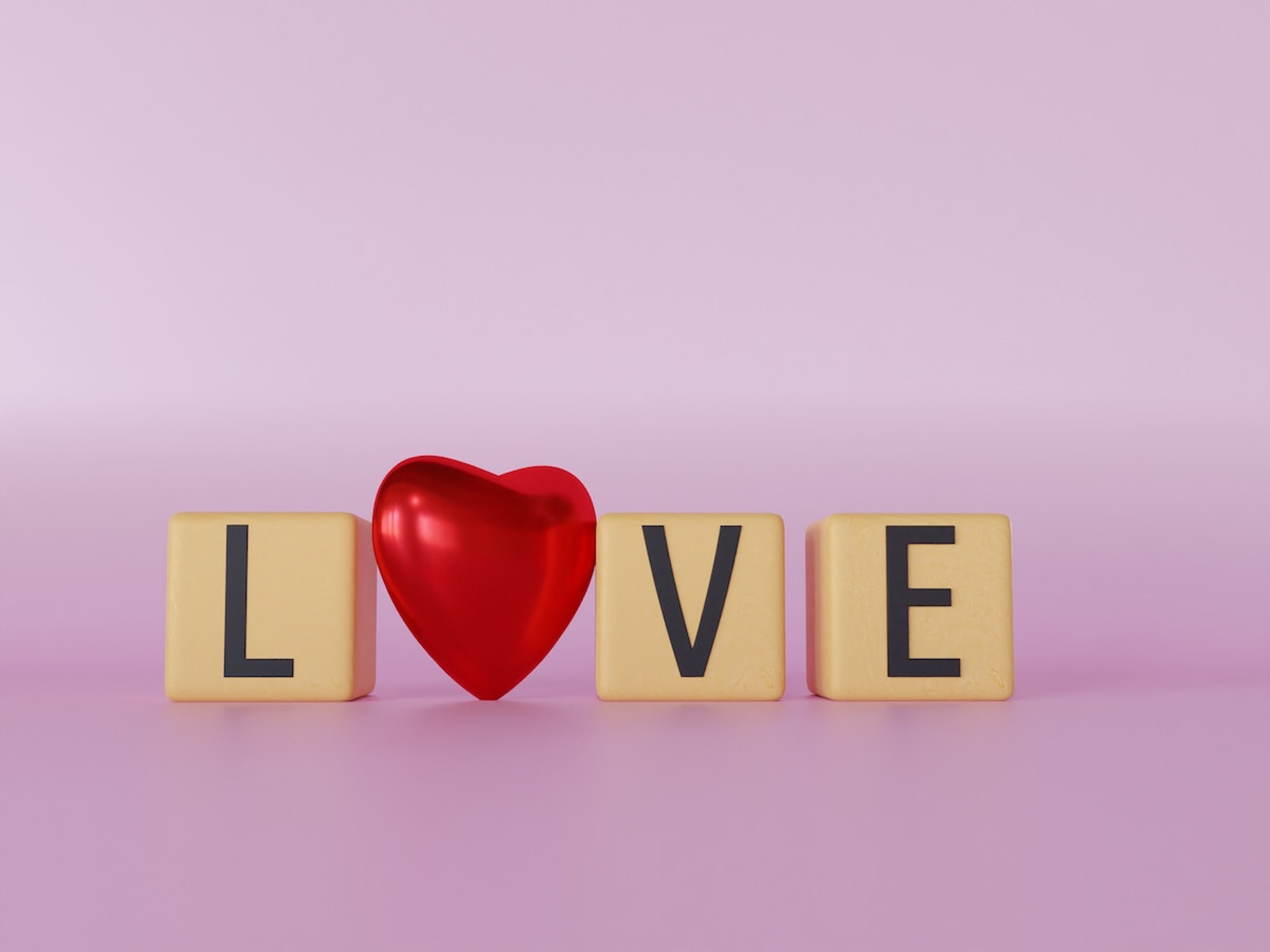Time to Share the Love! Why Valentine's Is for All
See why Valentine's Day is an opportunity to celebrate with everyone you love.
Jan 26, 2022
We all know the drill: On Feb. 14, couples exchange cards and Valentine's Day flowers or candy and maybe a gift, and those not in a romantic relationship applaud on the sidelines. Then, maybe the couple goes out to eat, and the rest of us treat the day like any other. Say it's a married couple with children — when mom and dad head out, the babysitter comes in, and the kids attend to their homework, watch TV, play video games or go to bed. It's no holiday for them at all.

Share the love with all
We have a better idea: “All-in-tine's Day." Put the emphasis on the “All," meaning everyone gets to celebrate! Jacqueline deMontravel, Petal Talk's senior editor has been joyfully celebrating this twist on the holiday for years. “I started doing this when I had my son, because when you have children, that's your focus, and all your love goes into it," she says. “Now, we have a blended family, with four kids total ranging from 11 to 22, and we all have so much fun with it. No one is left out."
Adds deMontravel, “There are all kinds of love in the world to celebrate. People have been missing out on a golden opportunity."
The real roots of Valentine's Day
The truth is, Valentine's Day was originally closer to the spirit of a Valentine's Day for everyone.
While the holiday appears to have begun with one or more Christian martyrs named St. Valentine who lived around 270 AD, it didn't emerge as a romantic holiday until about the 14th century; some attribute it to Geoffrey Chaucer's poem The Parlement of Foules, which connected the day with romance.
People first started exchanging cards around this time. However, the cards were not limited to couples. Some historians say that Valentine's Day ards emerged from the German tradition of friendship cards (Freundschaftskarten) that friends exchanged on New Year's Day, birthdays, and other anniversaries.
"If you read St. Valentine, he seemed to appreciate a broader sense of sharing love," says Richard Beltramini, Ph.D., co-editor of Gift Giving: A Research Anthology.
In the 18th century, Europeans and Americans began exchanging friendship cards on Valentine's Day, and the practice increased in the mid-19th century, as printing technology improved and expanded the market. Consumers in Europe and the U.S. could choose from a wide selection of valentines for a variety of people, not just lovers.
“We should inject a modicum of sincerity into it, as was his intent," adds Beltramini, professor emeritus of marketing and global supply chain management at Wayne State University in Detroit.
Back to Valentine's Day origins
In some ways, modern Valentine's Day has already started moving in the direction of those historic roots.

“I feel Valentine's Day is becoming more and more all-inclusive, so having a holiday called All-in-tine's Day makes perfect sense," says Julie Kenney, founder and president of The Gifting Experts, a company that creates gift bags for celebrity and charity events. “For example, classmates often celebrate Valentine's Day by handing out cards and valentines to one another in the classroom."
She also points to how “Galentine's Day," which is when gal friends get together on Feb. 13, has become increasingly popular. “It is a great idea psychologically to make the holiday more all-inclusive so that other members of your family and your friends don't feel left out and can celebrate with you."
Valentine's Day for everyone is universal
There are no feelings of insecurity or loneliness with Valentine's Day for all. You can feel part of something and not dwell on your relationship status.
“I give a great big huge yes to this," says writer/artist Deanna Washington, author of The Language of Gifts. “When all the gender-based and other boundaries to love are being taken down, the idea of Valentine's Day for everyone is perfect.
"When I was a girl, we practiced the essence of this in the younger grades, with everyone buying Valentine's for all; it was a day of friendship," she says. "Everyone got to feel good."
As the years progressed and she got older, she recalls, the holiday segregated to just boyfriends/girlfriends and husband/wives.
“It made Valentine's Day one more day when single people could feel isolated and lonely, just two months after Christmas, a period that was already a tough time for many. I think it is high time for us all to become like children on this special day, so everyone gets to feel the high vibe," Washington says. "It gives us all a way to acknowledge one another, saying 'Hey, I'm glad you are part of my life. I appreciate you.'"
A reason to reconnect with each other
And Valentine's Day for all is not just about how we feel, but how we can connect with others. It celebrates love in all its forms.
“A secular holiday where we can all show our love and appreciation of others in our lives is a wonderful, important idea," adds Mark Williams, Ph.D., professor of cognitive neuroscience at Macquarie University in Sydney, Australia.
Breaking up the year with specific times to stop, reflect, and appreciate one another, showing we care and celebrate with one another, could create greater connections and inclusivity across society, he believes. “It's so badly needed," he says. “It could have great psychological benefits for all of us, and the important chemicals released in our brain when we receive love and appreciation from others could have numerous health benefits as well."









